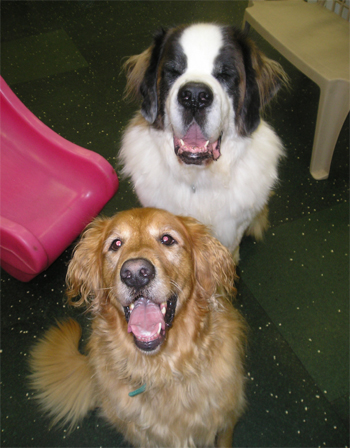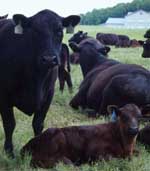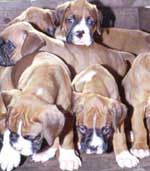|











| |
Skeletal
Muscle
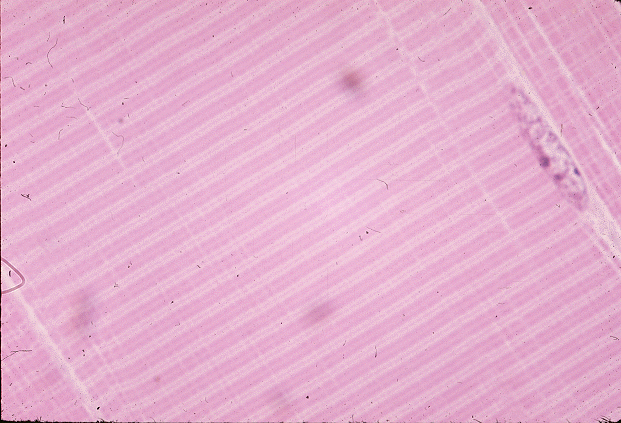 |
skeletal muscle (microscopic) |
When we talk about muscle, it is usually skeletal
muscle we are talking about. It is the type of muscle that enables
animals to walk, run and generally consciously control the movements
of their bodies.
 | Skeletal muscle cells are large and
have multiple nuclei. Their long cylindrical shape make them look
like fibers. They are made up of smaller myofibrils which are made
up of smaller filaments of the contractile proteins actin and
myosin. The overlapping protein filaments give skeletal muscle
cells a striped or striated appearance under the
microscope. |
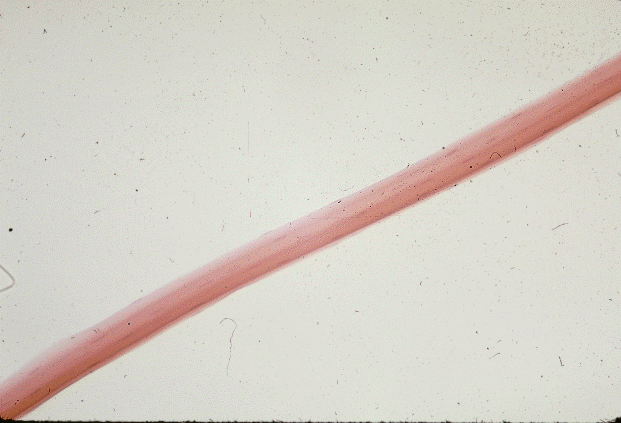 |
skeletal muscle (whole mount)
|
 | The neuromuscular junction is where
skeletal muscle fibers are connected to the nerve fibers that
stimulate them to contract. Each nerve fiber supplies more than
one muscle fiber. A motor unit is one nerve fiber and all
the muscle fibers it supplies. |
 |
protein filaments of skeletal muscle (drawing)
|
 | Skeletal muscle contractions are
stimulated by nerve impulses. The contraction of each muscle fiber
is "all or nothing." The contraction is accomplished by the
sliding of actin and myosin filaments over each other which
shortens the overall fiber.
|
 | Muscles are usually attached to bones at each
end, although some attach to other muscles. |

Lower part of feline rear leg showing
"Achilles" (gastrocnemius) tendon |

Ventral midline surgical incision showing linea alba |
 | The origin of a muscle is the more stable of
its attachments. The insertion is the more movable of its
attachments. |
 | Muscles are often arranged in antagonistic
pairs - they have opposite effects. |
 | Muscles are usually named for some physical
characteristic such as their action, shape, location, the
direction of their fibers, the number of "heads" they have or
their attachment sites. (A good example is the sternocephalicus
muscle. ) ) |
|
